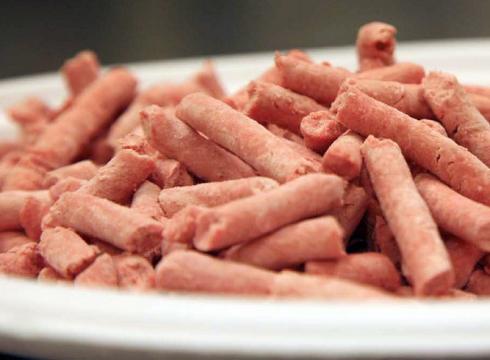
By Susanne Posel Occupy Corporatism Cargill will begin labeling their beef products that have “finely textured beef” (FTB) or pink slime and genetically engineered ingredients. FTB is made from processing other cuts of beef trimmings that were washed in ammonia. John Keating, president of beef operations at Cargill said: “Our research shows that consumers believe ground beef products containing finely textured beef should be clearly labeled. We’ve listened to the public, as well as our customers, and that is why today we are declaring our commitment to labeling finely textured beef.” Michael Martin, spokesman for Cargill stated: “Not all of the ground beef products contained the binder.” The corporation will label those that do. This includes: • Excel brand • Our Certified Ground Beef Patty Lovera, assistant director […] Read More


